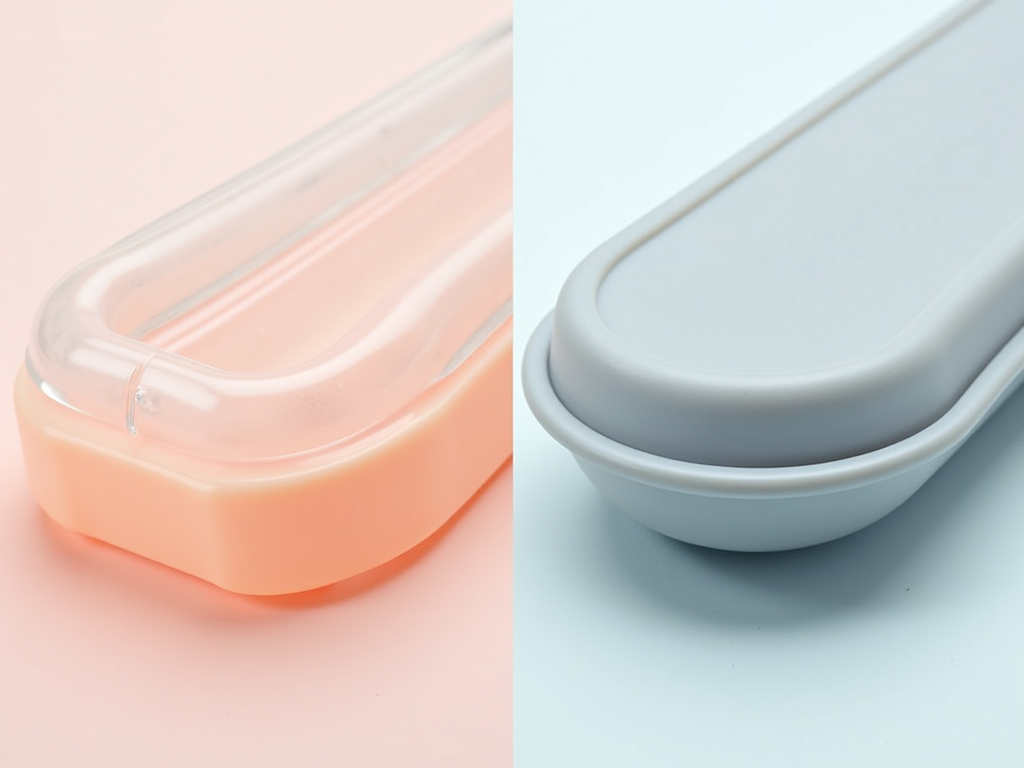As a professional silicone manufacturer, we understand that safety and compliance are top priorities for B2B buyers when selecting silicone materials—especially for products involving food contact, medical devices, or baby care items. This article breaks down the five most critical safety standards to help you make an informed purchasing decision.

Table of Contents
Toggle1. FDA Certification: The Core Standard for Food Safety
Food-grade silicone must comply with U.S. FDA 21 CFR 177.2600, ensuring it does not release harmful substances when in contact with food. Ordinary silicone may contain unpolymerized monomers or additives, posing potential risks in long-term food applications.
✅ Procurement Tip: Always request FDA compliance documents from suppliers and verify the material’s heat resistance (typically up to 200°C or higher).
2. LFGB (EU) & GB 4806 (China): Global Compliance Essentials
Beyond FDA, different markets have their own food-grade silicone regulations:
- EU LFGB: Requires migration testing (heavy metals, organic compound leaching).
- China GB 4806.11-2016: Specifies safety requirements for silicone rubber in food-contact applications.
⚠️ Warning: Ordinary silicone may only meet industrial standards (e.g., RoHS) but fail food-contact regulations.
3. Odorless & Non-Toxic: VOC Testing
Food-grade silicone must pass Volatile Organic Compound (VOC) testing to ensure no harmful fumes (e.g., formaldehyde, benzene) are released under high heat—critical for baby products (pacifiers, tableware).
🔍 Testing Method: GC-MS (Gas Chromatography-Mass Spectrometry) analysis is used to measure VOC levels.

4. Temperature Resistance & Stability: Preventing Leaching Risks
Ordinary silicone may degrade under prolonged high temperatures, leading to:
- Surface stickiness or breakdown
- Plasticizer or curing agent leaching
Food-grade silicone typically uses platinum-cured systems (instead of peroxide curing), offering superior heat resistance (-40°C to 230°C) and stability.
5. Biocompatibility: Higher Standards for Medical-Grade Silicone
For medical applications (e.g., catheters, implants), the material must meet:
- ISO 10993 (Biocompatibility Testing)
- USP Class VI (U.S. Pharmacopeia Standard)
Medical-grade silicone requires even higher purity than standard food-grade silicone.
How to Verify a Supplier’s Compliance?
- Request third-party test reports (SGS, CTI, etc.).
- Check raw material sources: High-quality food-grade silicone often uses premium-grade raw materials (e.g., Dow Corning, Wacker).
- Audit production facilities: Avoid cross-contamination (e.g., shared production lines with industrial-grade silicone).

Conclusion: Safety is a Supply Chain Responsibility
As a trusted silicone manufacturer, we recommend B2B buyers select silicone grades based on end-use requirements and rigorously review certifications. While food-grade silicone may cost 20%-30% more than ordinary silicone, it mitigates legal risks and builds consumer trust.
For custom food-grade silicone solutions, contact us for free technical consultation and samples.
